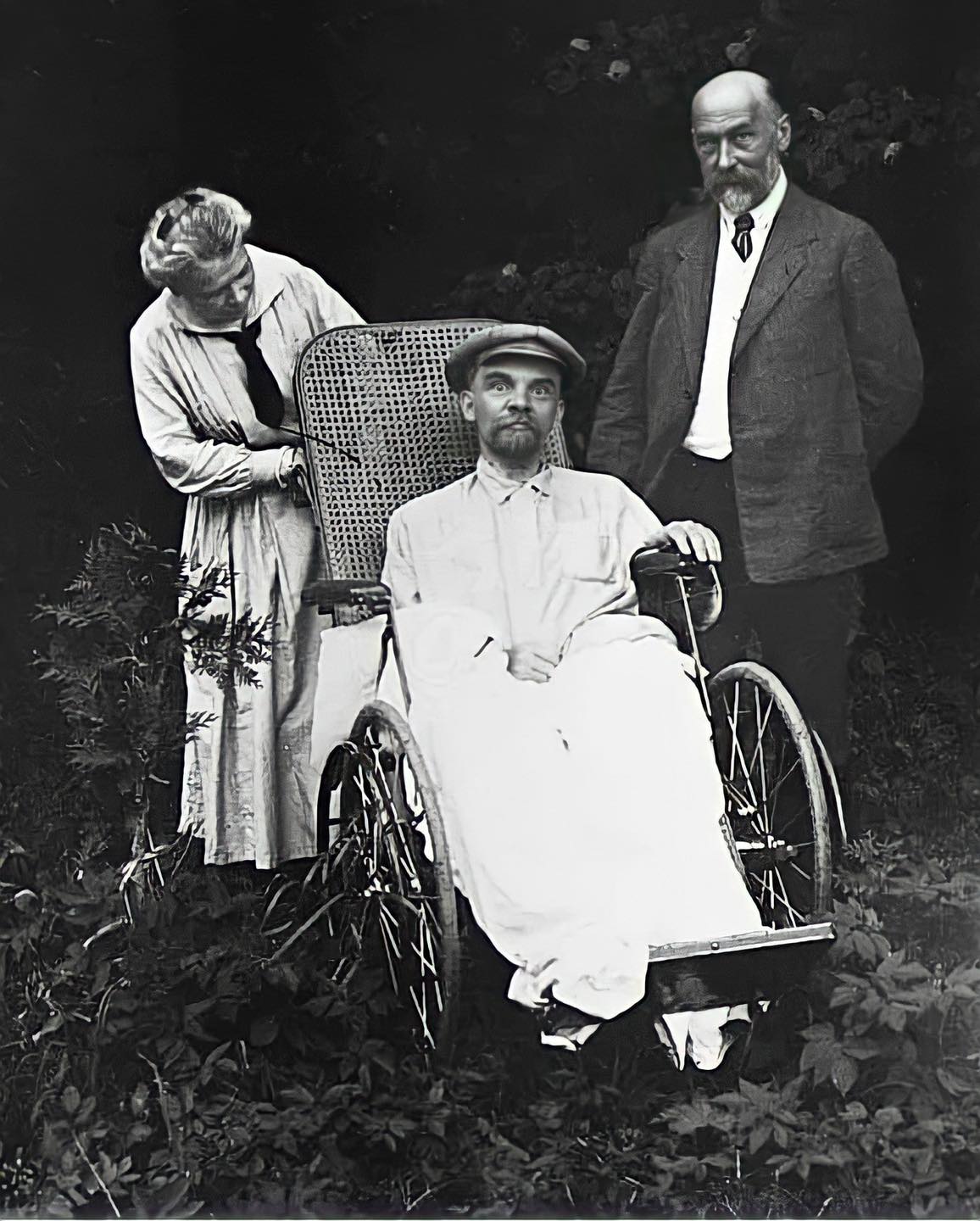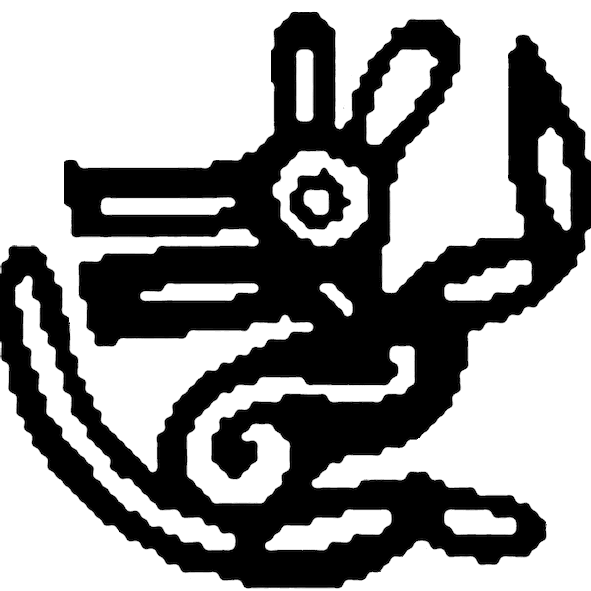解説:池田光穂
gnōthi seauton
解説:池田光穂
■ The Ancient Greek aphorism "know thyself" (Greek: γνῶθι σεαυτόν, transliterated: gnōthi seauton; also ... σαυτόν … sauton with the ε contracted), is one of the Delphic maxims and was the first of three maxims inscribed in the pronaos (forecourt) of the Temple of Apollo at Delphi according to the Greek writer Pausanias (10.24.1).[1] The two maxims that followed "know thyself" were "nothing to excess" and "surety brings ruin".[2] In Latin the phrase, "know thyself," is given as nosce te ipsum[3] or temet nosce.[4]
□Diogenes Laërtius attributes it to Thales (Lives I.40), but also notes that Antisthenes in his Successions of Philosophers attributes it to Phemonoe,
a mythical Greek poet, though admitting that it was appropriated by
Chilon. In a discussion of moderation and self-awareness, the Roman
poet Juvenal quotes the phrase in Greek and states that the precept
descended e caelo (from heaven) (Satires 11.27). The 10th-century
Byzantine encyclopedia the Suda recognized Chilon[7] and Thales[12] as
the sources of the maxim "Know Thyself."
Allegorical painting from the 17th century with text Nosce te ipsum (know yourself)

One
of the last photographs of Lenin. Taken in Gorki after May 15th 1923.
Beside him are his sister Anna Ilyinichna Yelizarova-Ulyanova and one
of his doctors A. M. Kozhevnikov.
《最
高のハゲ茶瓶→レーニン→革命家》みんなレーニンのせいだ?!のレーニンが卒中で倒れた後——たしか失語症だったとか?ここから跡目を狙うスターリンがト
ロツキーを追い出しにかかり最後はメキシコで暗殺に成功する。今のプーチンさんはそのスターリンの政治手法の隔世遺伝みたいなもんだな。レーニンさんのひ
ん剥いた眼が怖い。俺は高校の授業か生徒会の談話ルームで将来何になりたいか?と先生か友人に聞かれて即座に「革命家」と答えた。高校の女友達から俺の長
髪の髪の毛がさらさらなので「いまはさらさらで綺麗けどあんた将来絶対に禿げるわ」と言われて、そうか俺はハゲ茶瓶になるのか、だったら、最高のハゲ茶瓶
→レーニン→革命家とあいなったわけよ。#レーニンの想い出
****
Copyleft, CC, Mitzub'ixi Quq Chi'j, 1996-2099

